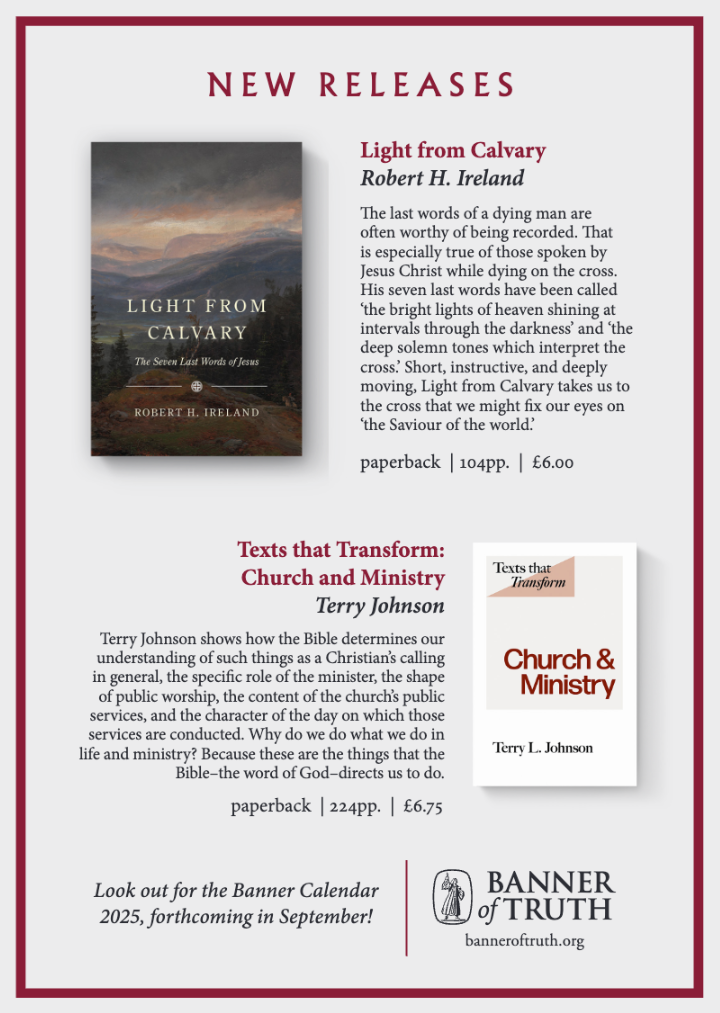Cindy Gingerich, a Christian worker in the Philippines, recently spent 15 days in Banda Aceh, Sumatra, with a medical relief team made up of Filipino and Indonesian Christians.
Sumatra is the largest unevangelised island on earth; there are fewer than 50 Aceh believers in this people group of three million. On 26 December the most destructive tidal wave in memory hit the island, causing nearly 300,000 deaths across the world.
This brought Cindy and team to Aceh, where she found the Muslim people friendly and grateful for the help. Her diary for 15 February 2005 is arresting:
‘”Where are the children?” Our naive question wasn’t meant to expose the painful truth that haunted the men who had come for medical care.
‘”There are no children.”
‘The answer seemed to bounce off the wooden walls of the newly constructed prayer room where we were setting up our medical supplies.
‘The road had just been reopened allowing our medical team to visit the small fishing village where only about a tenth of the population survived. Most of those still alive are fishermen who were out of town on that December morning selling their catch from the night before.
‘The difficult silence broke as the fishermen gestured toward the old man who was praying prostrate on an ornate prayer rug. “He will tell you the story”, they explained.
‘The storyteller sat cross-legged on the floor and told us his tale. He told us how he and others had hurried outside after the earthquake. They thought it was the end of the world.
‘Ten or fifteen minutes later they stared in stunned disbelief as an 80-foot wall of water swept towards them.
‘The old man became entangled in a pile of lumber, which rafted him to the surface and swept him in and out with the current. After freeing himself from this, he found a small boat in which he and another survivor began to make their way to shore.
‘When he arrived later that afternoon, he found that most of his generation did not survive the disaster. Even fewer of the children lived through the event. His village is now made up of around 1,500 adults and only three children.’







